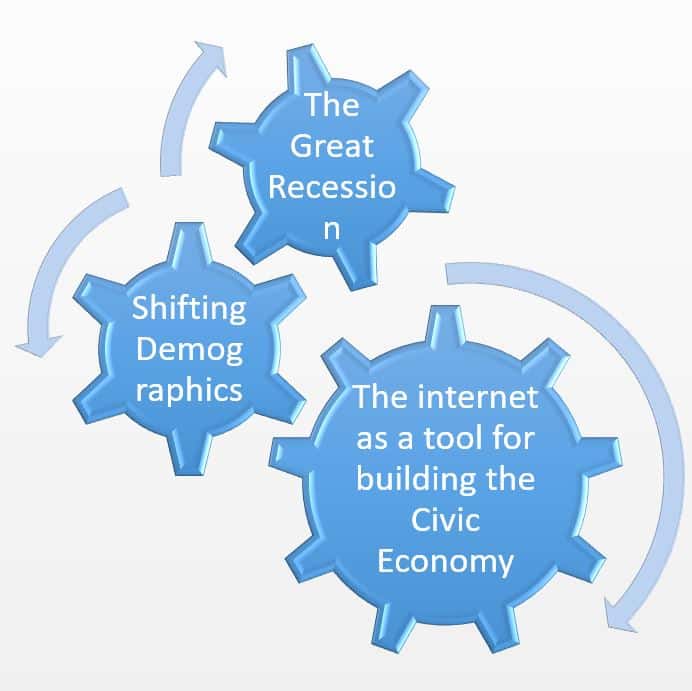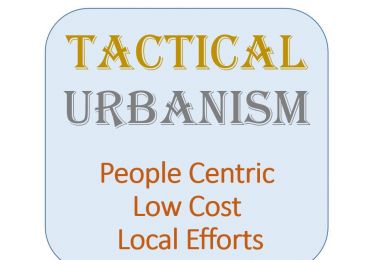History of Tactical Urbanism
Tactical Urbanism is a relatively new term or movement and dates back to as recent as 2010. Mike Lydon, a New York based urban planner is credited with wide-spread use of this term who also wrote a book titled “Tactical Urbanism – Short term actions for long-term change”. The term draws its significance from the creation of plazas and malls in the New York city. Urban Planners try hard to do everything possible to make cities sustainable but according tactical urbanism people should take the responsibility and initiative to make cities sustainable by improving the urban design and bringing a positive change in their surroundings.
Meaning of Tactical Urbanism
It is a movement which want to shift or change the way to solve the issues faced by ever-growing urban centres. It puts people at the core which can be considered as a much stronger and larger public participation by other urban planners. But tactical urbanism focuses on the low-cost and temporary changes which are done by the residents of a city. This can be done by making minor modifications in neighbourhood to creating meeting places or developing green areas which improves the condition of area. Such small and collective steps will then ultimately help in bringing a much larger impact and positive change in the whole city. It can also be understood as repairing the city/town by residents own their own.
There is no well-known or widely accepted definition of tactical urbanism but as per “Street Plans” a firm founded in Miami Beach in 2009 which has worked on the topic and well versed with the term. According to them “Tactical Urbanism is an approach to neighbourhood building and activation that uses short-term, low-cost, and scalable interventions and policies. Tactical Urbanism is used by a range of actors, including governments, businesses and nonprofits, citizen groups, and individuals:”

Also Read detailed article: What is New Urbanism? | Definition, Concept & Benefits, New Urbanism Examples
Characteristics of Tactical Urbanism
There are various interrelated and interdependent thoughts about the whole idea but there are 5 main characteristics associated to it-
- A deliberate and phased approach to instigate change
- The offering of local solutions for planning challenges
- Short term commitment and realistic expectations
- Low risks with a possibly high reward
- The development of social capital between citizens and the building of organisational capacity between public -private institutions, non profits and their constituents.
You can read the book by clicking “Volume I” & “Volume II“
Motive and benefits
There are multiple benefits associated with this approach. Government, citizens, developers or entrepreneurs, advocacy organisations all will be benefited from it as it will serve them in one way or other. Government will be able to change its policies into actions quickly by means of citizens. Citizens will be able to bring about immediate change and improvement in their surroundings without having to wait for the govt. or urban planner to take some action. It will help in understanding the market or potential customers by developers or companies by collecting data about the market they wish to focus. For advocacy firms it will show the result of support of public and bring about some political support.

Possible changes which can be attributed to tactical urbanism
It can be seen that cities do not have a complete administration setup since the very beginning or at time of their origin, at that time it is people who are living at that place doing activities and ultimately managing whole place without some official administrative setup. Urban planning and urban planners got importance when the size of cities started growing and required special efforts to manage them. Now since people are ultimately for whom urban areas are built they must be involved and this involvement should be much more that the “public participation” in the planning process such as rational planning model.
Actual effect will be seen after some years when this gains popularity and is widely adopted. Once more and more people start working on this approach and it spreads out of US then only clear outcomes of tactical urbanism can be seen and assessed.
Read about: Rational Planning Model, What is Urban Growth